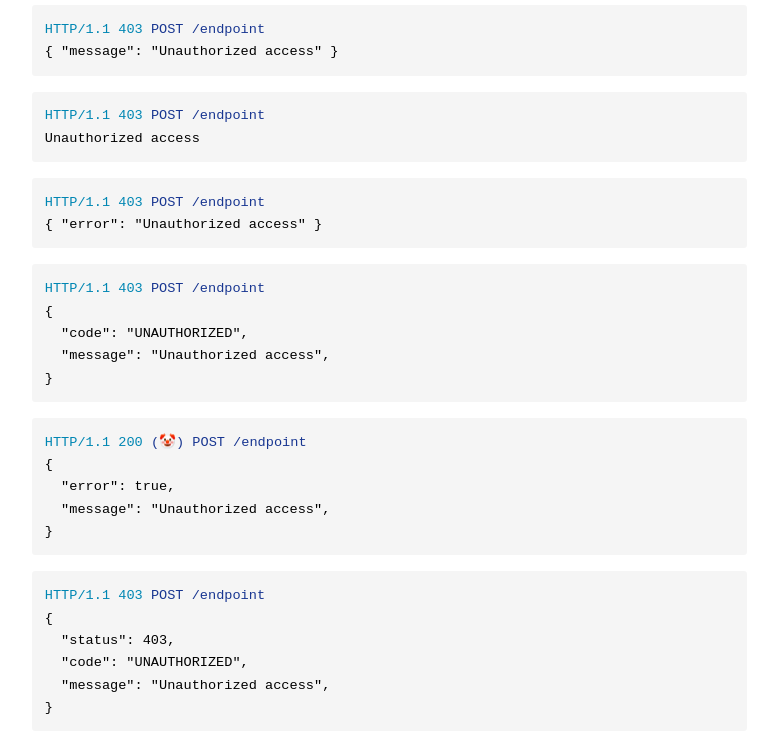this post was submitted on 30 Aug 2024
129 points (99.2% liked)
Programming
17494 readers
37 users here now
Welcome to the main community in programming.dev! Feel free to post anything relating to programming here!
Cross posting is strongly encouraged in the instance. If you feel your post or another person's post makes sense in another community cross post into it.
Hope you enjoy the instance!
Rules
Rules
- Follow the programming.dev instance rules
- Keep content related to programming in some way
- If you're posting long videos try to add in some form of tldr for those who don't want to watch videos
Wormhole
Follow the wormhole through a path of communities !webdev@programming.dev
founded 1 year ago
MODERATORS
you are viewing a single comment's thread
view the rest of the comments
view the rest of the comments

I don't necessarily disagree, but I have spent considerable time on this subject and can see merit in decoupling your own error signaling from the HTTP layer.
No matter how you design your API, if you're passing through additional layers, like load balancers and CDNs, you no longer have full control over all responses your clients receive. At this point it may be viable to always signal a successful backend connection with a 200, even if the process resulted in a failure.
Going further, your API may include partial success scenarios, think batch processing, then the result could be a mix of success and failure that doesn't translate to HTTP status.
You could even argue that there is really no reason to couple your API so tightly with a concept of the transport layer it uses.